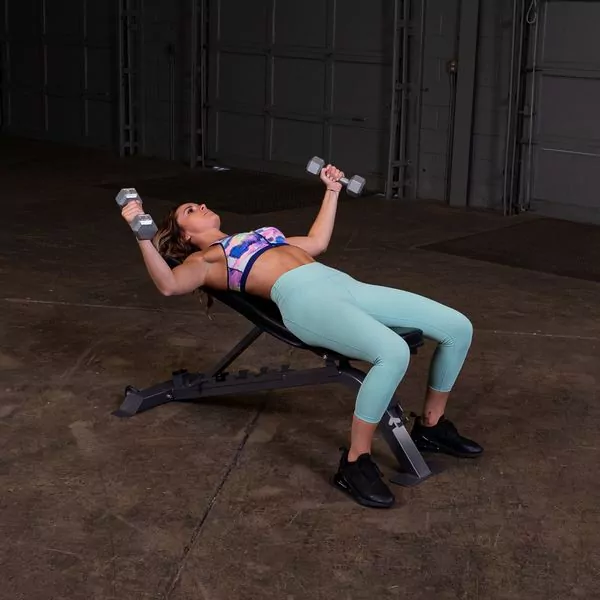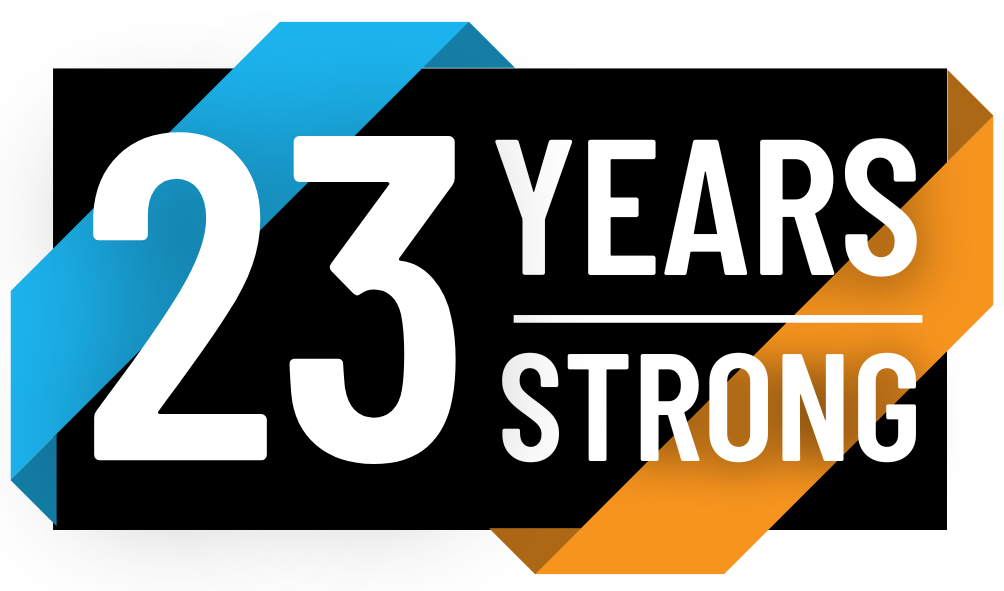
How to Choose the Best Workout Bench for Home Use
Setting up a home gym is one of the most effective ways to ensure consistent workouts without having to rely on fitness centers. One of the most essential pieces of equipment in any home gym setup is the workout bench. Whether you’re a seasoned fitness enthusiast or a beginner looking to build muscle, a workout bench offers versatility and support for a wide variety of exercises. From weight training to bodyweight exercises, it can transform your home workout experience. But with so many options available, how do you choose the right one for your needs?
In this comprehensive guide, we’ll dive into everything you need to know about selecting the perfect workout bench for home use. We’ll cover key factors like adjustability, weight capacity, durability, and budget, helping you make an informed decision.
1. Understand Your Workout Goals
Before choosing a workout bench, it’s important to define your fitness goals. Your workout goals will significantly impact the type of bench you should invest in. Some questions to ask yourself include:
- Are you primarily focused on building strength through weightlifting?
- Will you be doing full-body workouts, or do you want to focus on specific muscle groups?
- Do you need a bench that offers incline, flat, and decline positions for versatility?
If you’re interested in heavy lifting and weight training, you’ll need a sturdy, flat bench with a high weight capacity. On the other hand, if you prefer bodyweight exercises or use light to moderate dumbbells, a simpler, adjustable bench might suffice.
2. Types of Workout Benches
There are different types of workout benches, each designed for specific types of exercises. Let’s break them down:
Flat Bench
A flat bench is the simplest and most basic option. It has a horizontal surface that stays in a flat position and is great for performing traditional exercises like bench presses, dumbbell presses, and rows. If you’re primarily focused on chest exercises or want a sturdy platform for core work, a flat bench may be a good choice. However, its lack of adjustability makes it less versatile compared to other options.
Adjustable Bench
An adjustable workout bench allows you to change the angle of the backrest, typically offering flat, incline, and decline positions. This type of bench is ideal for those looking to perform a wide range of exercises targeting different muscle groups. For example, an incline bench press works the upper chest, while a decline press targets the lower chest. If versatility is important to you, an adjustable bench is highly recommended.
Folding Bench
A folding workout bench is designed for compact spaces and can be folded away when not in use. These benches are perfect for people with limited space, such as those setting up a workout area in an apartment or small home. While folding benches can be adjustable, they may not be as durable as non-folding ones, so be sure to check the build quality.
Olympic Bench
Olympic benches are typically larger and designed for serious lifters. They come with built-in barbell racks, and some even offer leg extension and curl attachments. If your goal is heavy lifting with a barbell, an Olympic bench may be the best option. However, these benches require more space and are generally more expensive.
3. Key Features to Consider
When choosing a workout bench for home use, you’ll want to look at more than just the type. Here are the most important features to evaluate:
Adjustability
As mentioned earlier, adjustable workout benches provide more versatility by allowing you to perform a variety of exercises at different angles. Ideally, look for a bench that offers multiple incline and decline positions. The more angles a bench can adjust to, the more exercises you can perform. For example, an adjustable bench that offers an incline of 30, 45, 60, and 90 degrees will enable you to target different muscle groups effectively.
Weight Capacity
Your workout bench should be able to support your body weight plus the weight of the dumbbells or barbells you plan to lift. A bench with a higher weight capacity is crucial for safety, especially if you’re planning on lifting heavy. Many flat benches can handle around 600-1000 lbs, while adjustable benches might vary. Always check the manufacturer’s specifications to ensure the bench meets your needs.
Build Quality and Stability
A sturdy and stable workout bench is essential for both performance and safety. Look for benches made with high-quality materials, such as a heavy-duty steel frame, which ensures durability. Additionally, check for features like non-slip feet to keep the bench steady during intense workouts. A workout bench that wobbles or shifts under pressure is not only distracting but also dangerous.
Comfort and Padding
Comfort is an often-overlooked aspect of choosing a workout bench. High-quality padding can make a big difference, especially if you plan to spend a lot of time on the bench. Look for a bench with thick, dense padding covered with durable upholstery, like vinyl or leather, which can withstand wear and tear. Also, ensure that the padding is firm enough to support you during heavy lifts but comfortable enough for long workouts.
Size and Space Requirements
Consider the amount of space you have available for your workout bench. Measure your workout area before purchasing, and ensure that the bench fits comfortably with enough room for you to move around. Folding benches are great for saving space, but you may need to compromise on build quality or weight capacity.
4. Budget Considerations
Workout benches come in a wide range of prices, from budget-friendly options to premium, high-end models. Set a budget based on your fitness goals and the type of bench you need. While it can be tempting to opt for the cheapest option, investing in a higher-quality bench will often pay off in the long run. Cheaper benches may not be as durable, adjustable, or safe for heavy lifting.
Entry-Level Benches
If you’re a beginner or someone who doesn’t plan on lifting heavy weights, an entry-level flat or adjustable bench can be a cost-effective option. These benches typically range from $100 to $200 and are suitable for light to moderate home workouts.
Mid-Range Benches
For those looking for a more versatile and durable option, mid-range adjustable benches offer a great balance between quality and price. These benches typically range from $200 to $500 and often include more features, such as higher weight capacities and better padding.
High-End Benches
If you’re serious about lifting and want a bench that will last for years, high-end benches, which can range from $500 to $1000 or more, may be the way to go. These benches often offer superior build quality, greater stability, and additional features like built-in racks or leg extensions.
5. Brand and Warranty
The brand reputation and warranty offered by the manufacturer are important factors to consider. Well-known brands with good customer reviews tend to offer higher quality products. Additionally, check the warranty period for the bench. A longer warranty often indicates that the manufacturer is confident in the durability of their product.
Conclusion
Choosing the right workout bench for home use can significantly enhance your fitness routine and help you achieve your workout goals. Whether you prefer a basic flat bench or a versatile adjustable option, be sure to consider factors such as adjustability, weight capacity, build quality, and comfort. By taking the time to find a bench that meets your specific needs, you can create an effective and enjoyable workout space at home.
Happy lifting!

